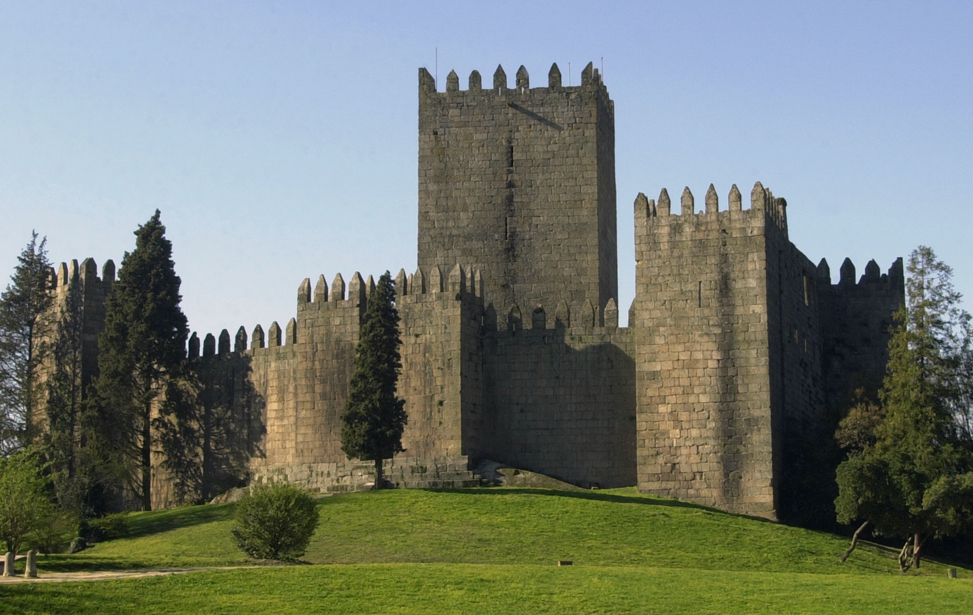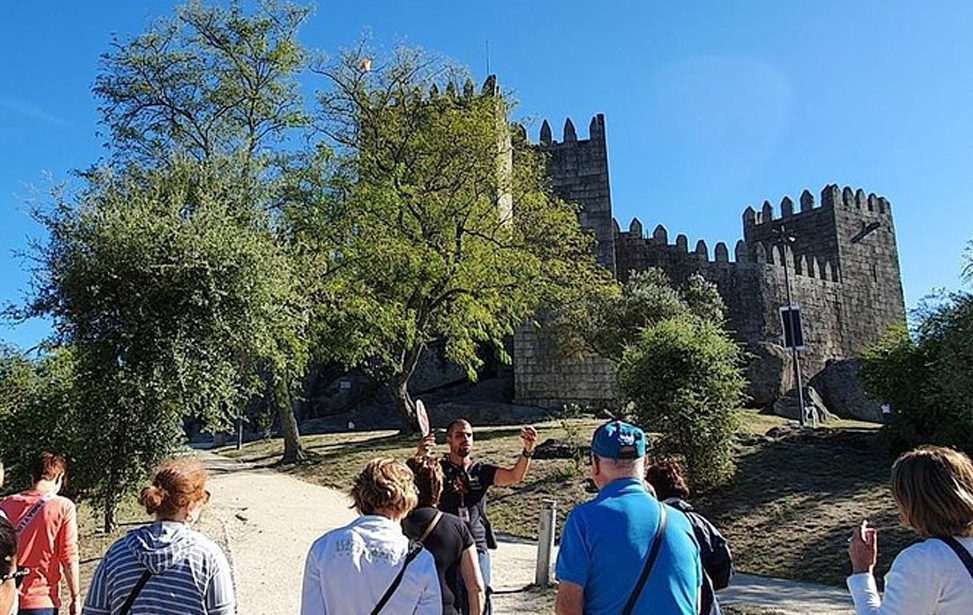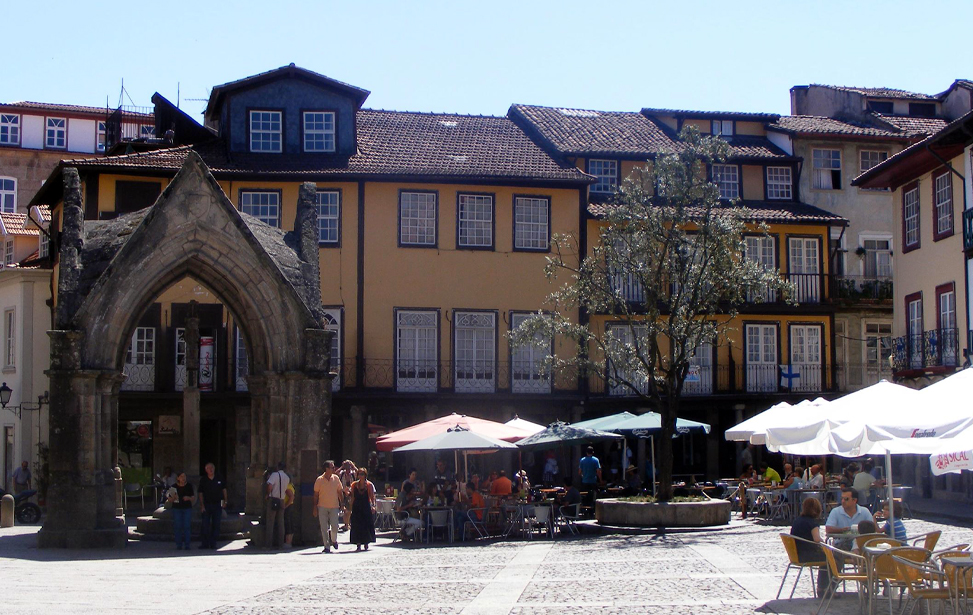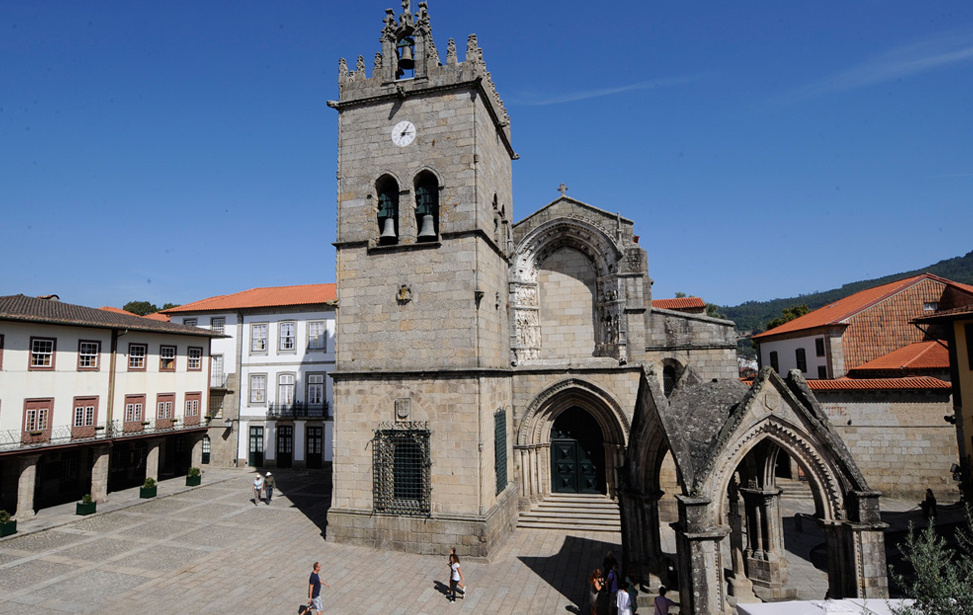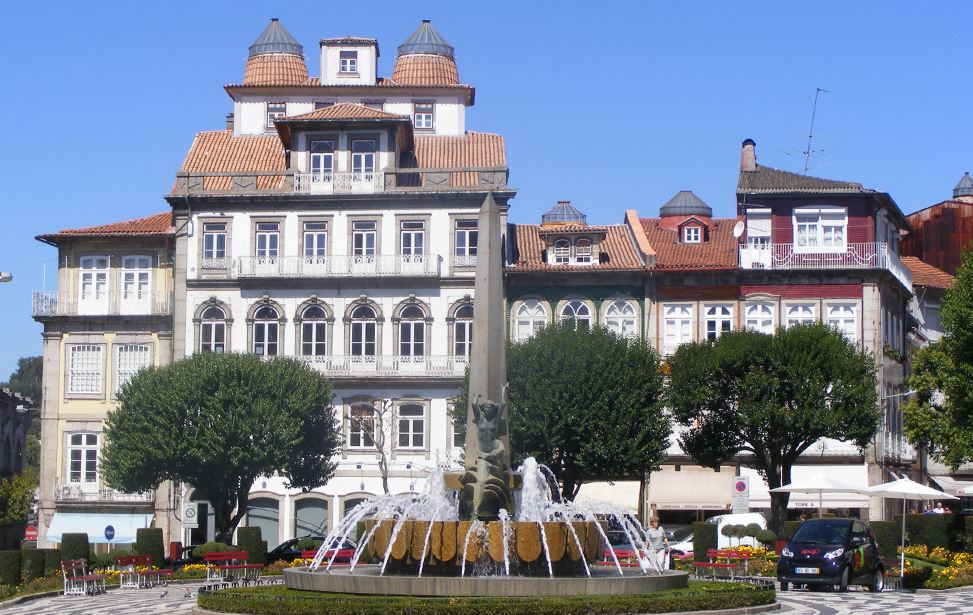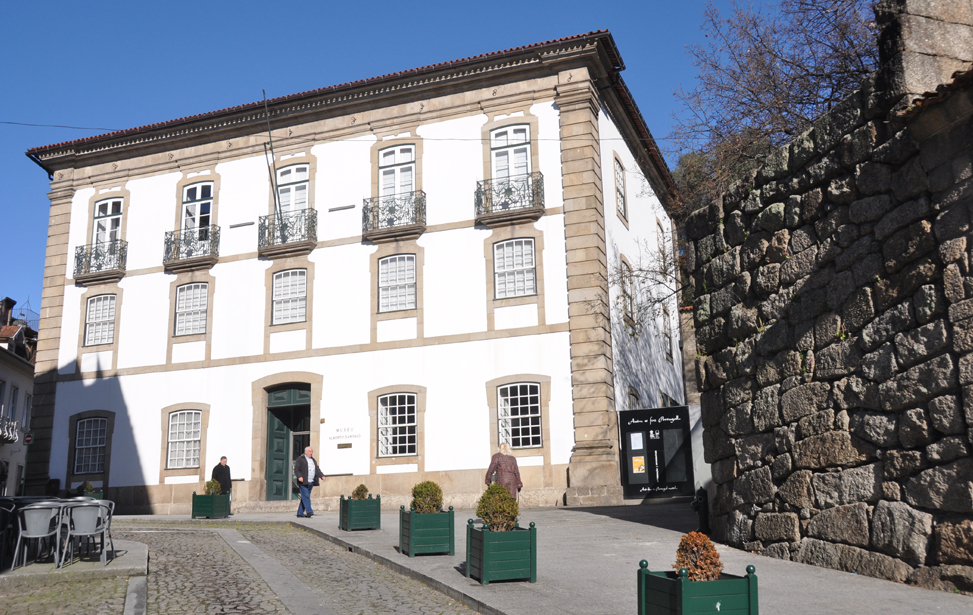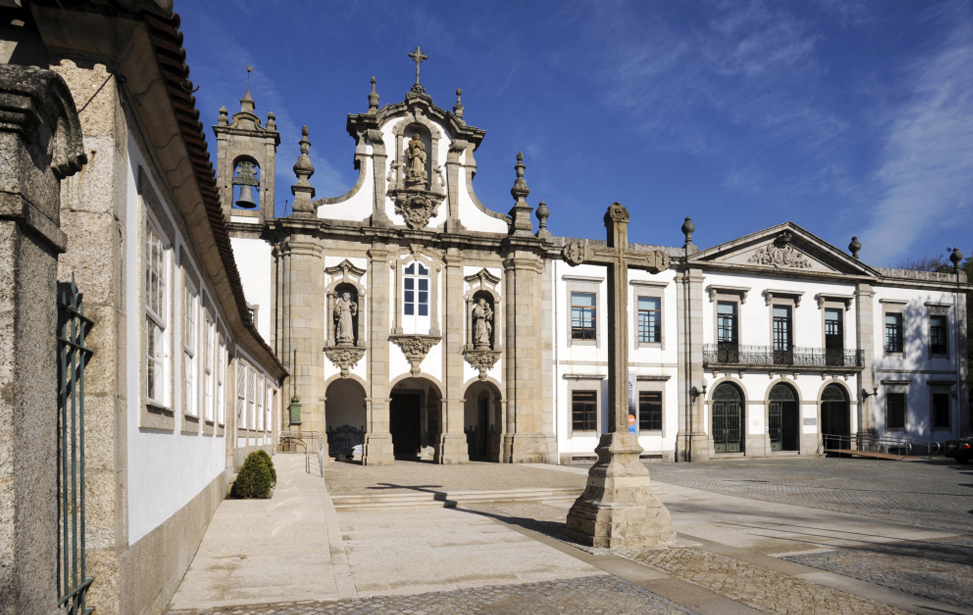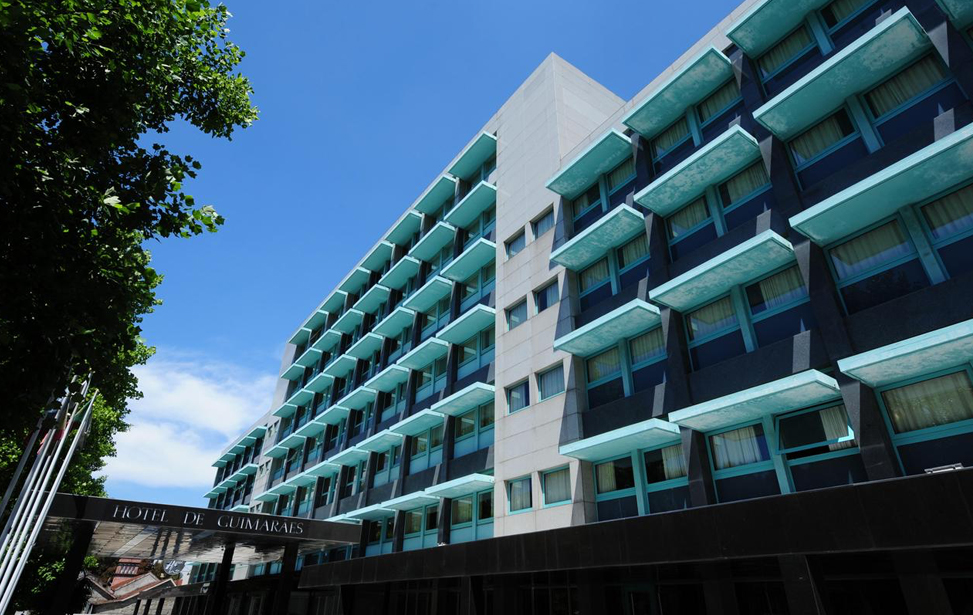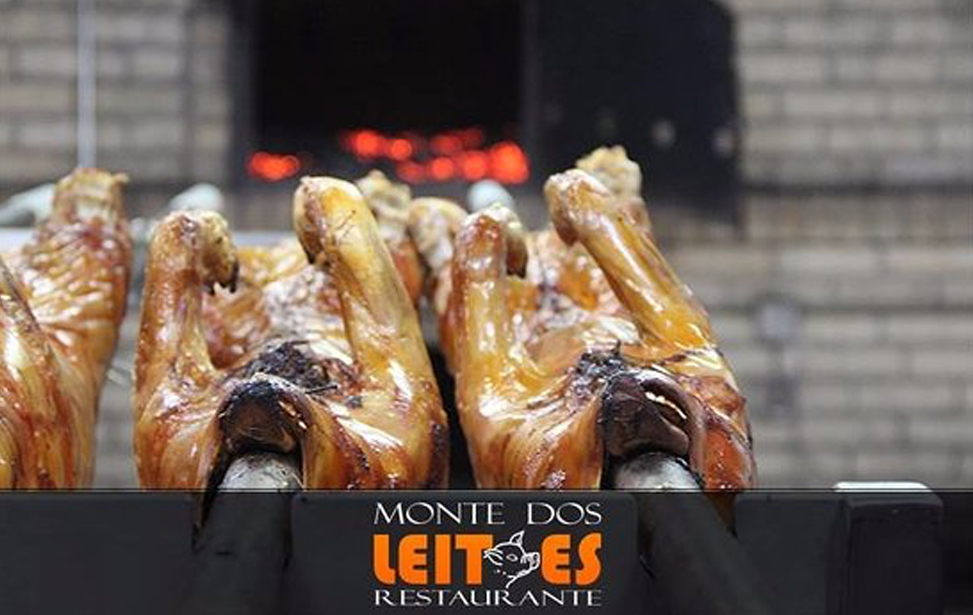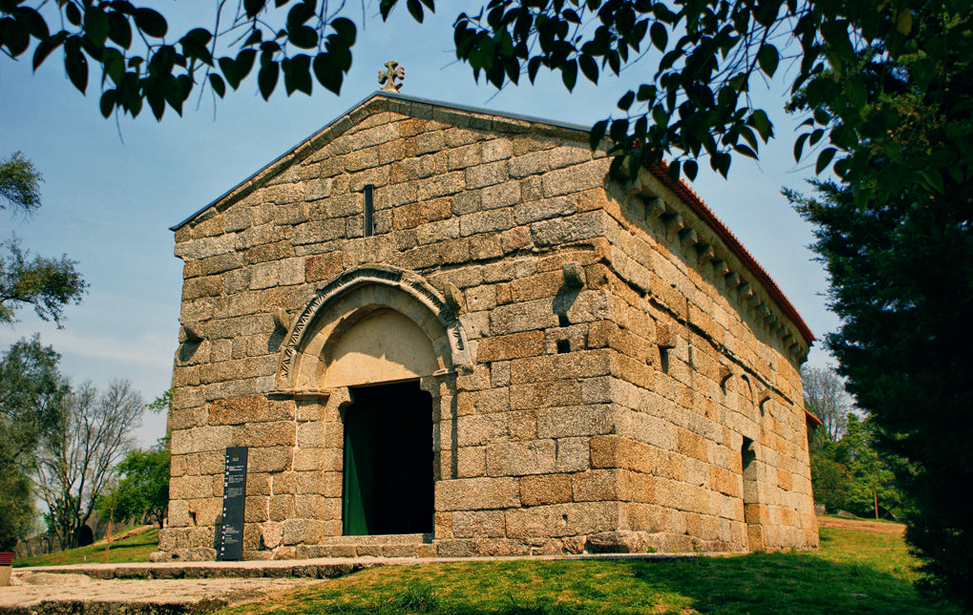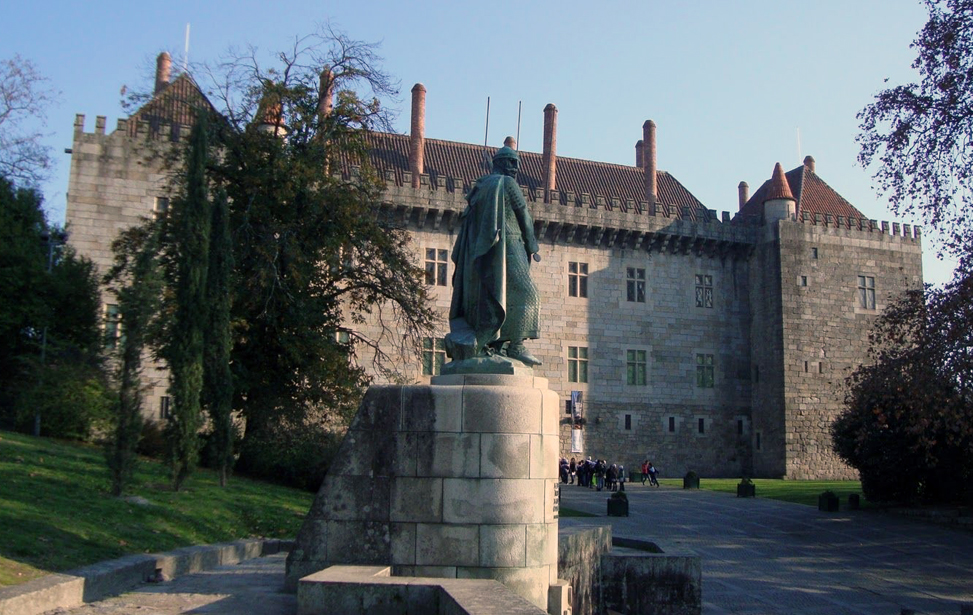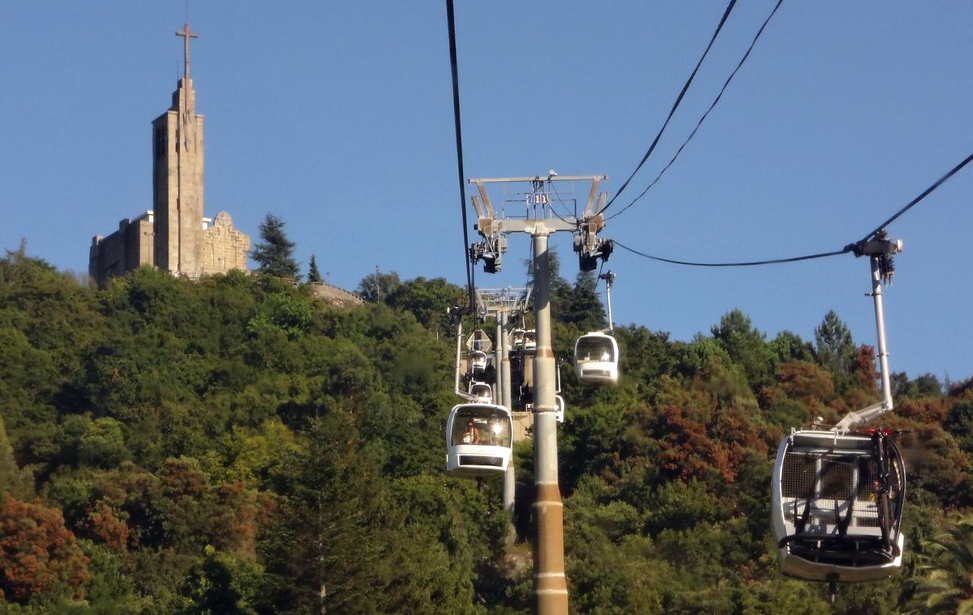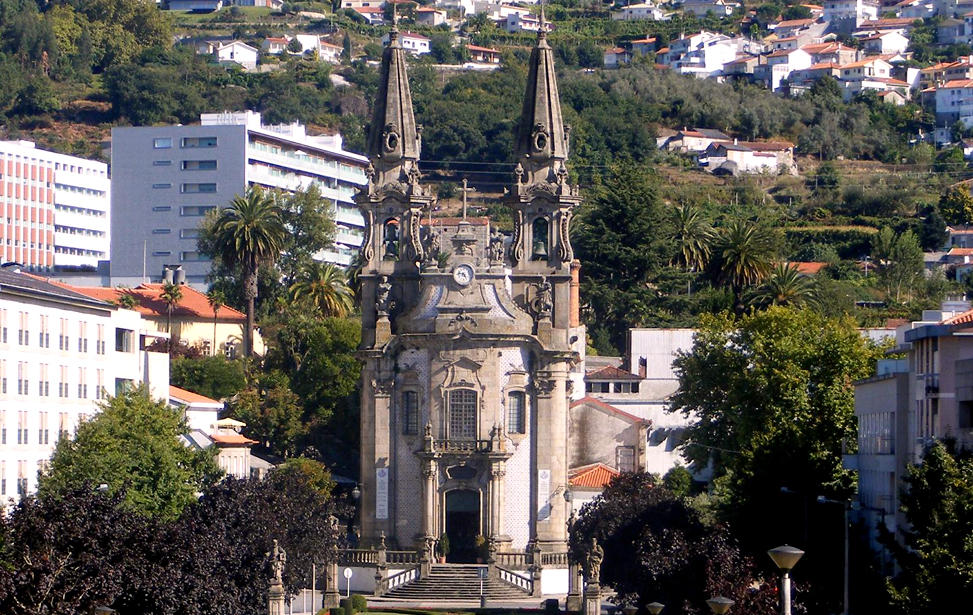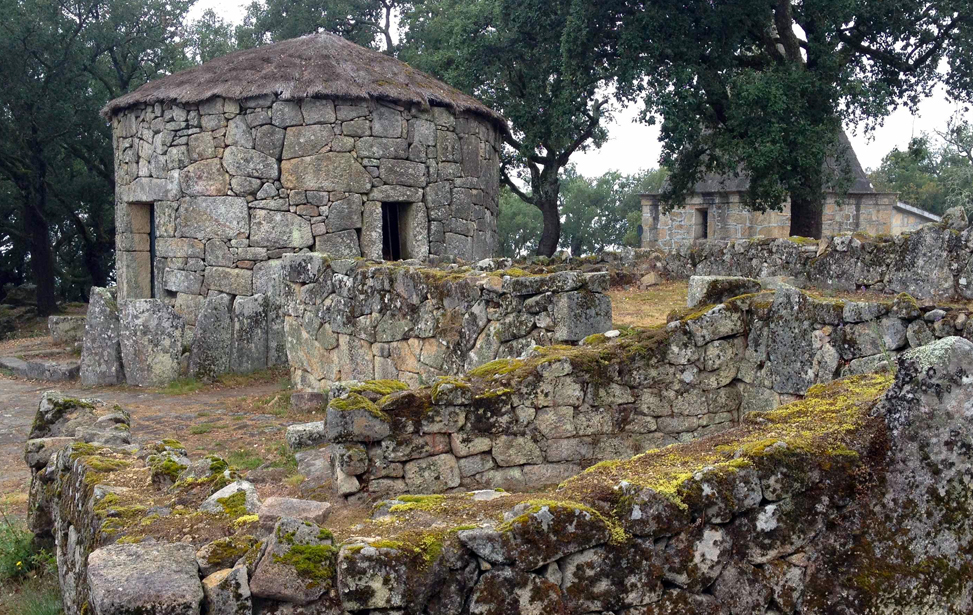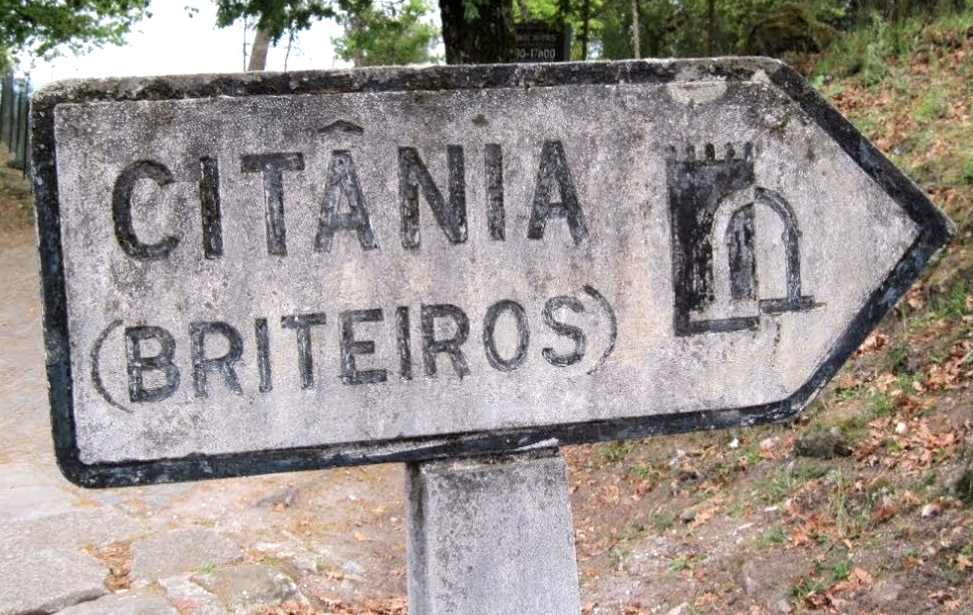GUIMARÃES
Guimarães is where Portugal's rich history comes to life! Just across the road from the tourist office, you'll spot a wall proudly declaring, "Aqui Nasceu Portugal" (Here was born Portugal). This is no exaggeration—Guimarães is where Portugal gained its independence from the kingdom of León, making it a place of profound national pride.
Cradled between sloping hills, with Penha Hill standing tall in the background, Guimarães is a town that seamlessly blends history with charm. Its old town, with its cobbled streets and beautifully preserved medieval architecture, feels like stepping back in time. This historical significance earned Guimarães UNESCO World Heritage status in 2001, and it’s easy to see why.
As you wander the winding streets, you’ll encounter a wealth of historical monuments, each telling a part of Portugal’s story. Whether you're exploring the majestic Guimarães Castle or the stunning Palace of the Dukes of Braganza, there's no shortage of fascinating sites to discover.
Guimarães isn't just about history, though. The town offers a vibrant cultural scene, delicious local cuisine, and picturesque views that make it a must-visit destination in Northern Portugal.


 MAD ABOUT LISBON
MAD ABOUT LISBON MAD ABOUT SINTRA
MAD ABOUT SINTRA MAD ABOUT PORTUGAL
MAD ABOUT PORTUGAL